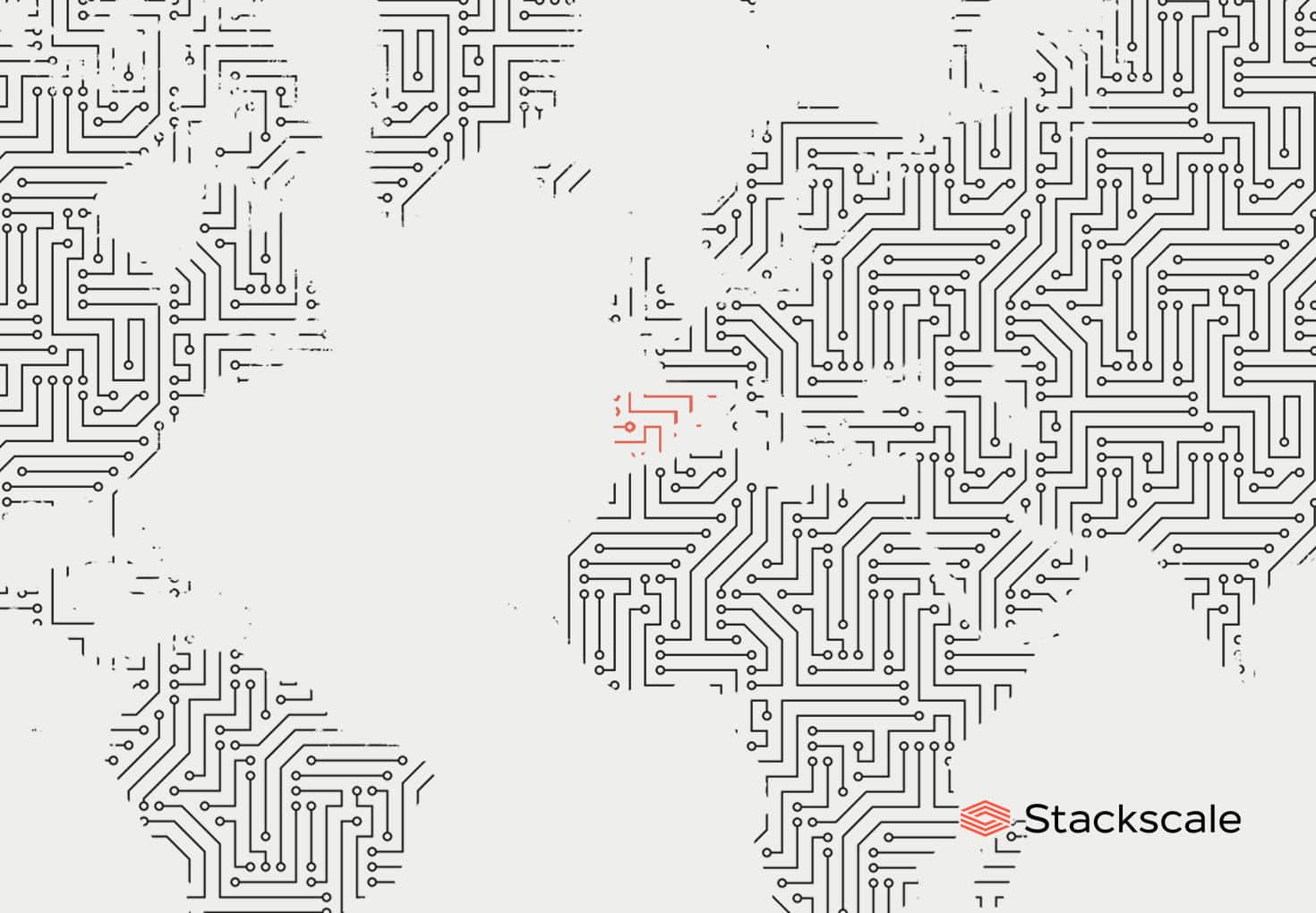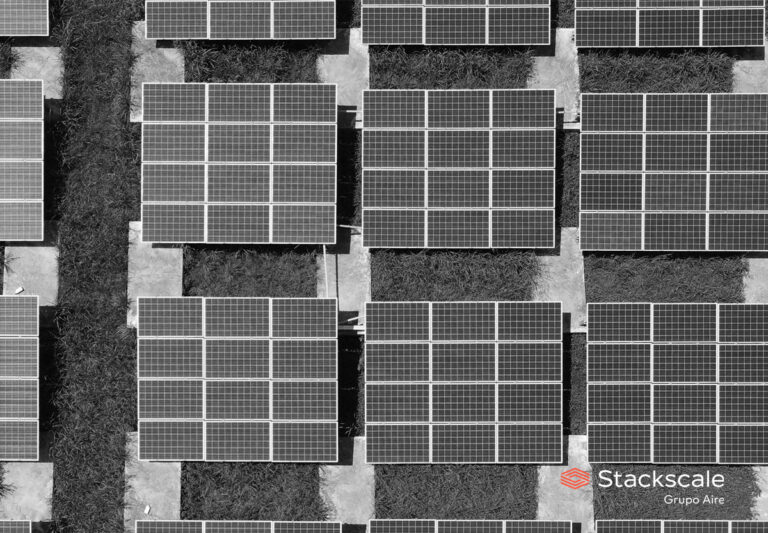There are numerous submarine cables in the Iberian Peninsula that connect it with all regions around the world — Africa, Asia, North America, South America, Oceania and the rest of Europe. In fact, there are almost 40 submarine cables with landing points in Portugal and Spain.
The need for new undersea cables increases as international bandwidth demand continues to grow. On this matter, the Iberian Peninsula reveals itself as a strategic location.
The Iberian Peninsula: data center emerging market
The arrival of new submarine cables in the Iberian Peninsula as well as numerous investments from connectivity and data center providers is positioning the region as a data center emerging market in Europe.
The Iberian Peninsula’s strategic location is attracting a growing number of submarine cables in order to interconnect the region with the rest of the world. Many new cables have landed in different locations of the Iberian Peninsula during the past years and more are coming in the following years — for instance, EllaLink in 2021, Grace Hopper in 2022, 2Africa in 2023 and Medusa Submarine Cable System in 2024.
The 2Africa submarine cable will be the largest ever built, once all landing locations are completed. It is expected to be 45,000 km long.
List of submarine cables landing in the Iberian Peninsula
The list of submarine cables in the Iberian Peninsula is long. These are the upcoming and already existing submarine cables with landing points in the Iberian Peninsula — including Portugal, Spain and their respective archipelagos.
| Submarine cable | Landing points in | Cable length | Ready for service |
| Medusa Submarine Cable System | The Iberian Peninsula, North Africa, West Asia and Southern Europe. | 8,760 km | Q3 2024 |
| Anjana | Spain and the United States. | 7,121 km | Q4 2024 |
| Olisipo | Portugal | 110 km | 2024 |
| 2Africa | The Iberian Peninsula, Africa, West Asia and the United Kingdom. | 45,000 km | 2023 |
| Medloop | Spain, France and Italy. | 1,360 km | 2023 |
| Grace Hopper | Spain, the United Kingdom and the United States. | 7,191 km | 2022 |
| EllaLink | Portugal, the Madeira archipelago, the Cape Verde archipelago, Morocco and Brazil. | 6,200 km | 2021 |
| DOS CONTINENTES I & II | The Iberian Peninsula and Ceuta. | 95 km | 2020 |
| Oran-Valencia (ORVAL) | Spain and Algeria. | 770 km | 2020 |
| MAREA | Spain and the United States. | 6,605 km | 2018 |
| Roquetas-Melilla (CAM) | The Iberian Peninsula and Melilla. | 181 km | 2014 |
| Africa Coast to Europe (ACE) | Portugal, France, the Canary Islands, West Africa and South Africa. | 17,000 km | 2012 |
| West Africa Cable System (WACS) | Portugal, the Canary Islands, the Cape Verde archipelago, West Africa and South Africa. | 14,530 km | 2012 |
| Europe India Gateway (EIG) | The Iberian Peninsula, North Africa, West Asia, Western Europe and the United Kingdom. | 15,000 km | 2011 |
| Canalink | The Iberian Peninsula, Morocco and the Canary Islands. | 1,835 km | 2011 |
| Romulo | The Iberian Peninsula and the Balearic Islands. | 237 km | 2011 |
| Pencan-7 | The Iberian Peninsula and the Canary Islands. | 1,400 km | 2011 |
| Pencan-8 | The Iberian Peninsula and the Canary Islands. | 1,400 km | 2011 |
| Pencan-9 | The Iberian Peninsula and the Canary Islands. | 1,398 km | 2011 |
| MainOne | Portugal and West Africa. | 7,000 km | 2010 |
| CAM ring | The Azores and Madeira archipelagos, Portugal. | 1,120 km | 2003 |
| SAT-3/WASC | The Iberian Peninsula, the Canary Islands, West Africa and South Africa. | 14,350 km | 2002 |
| Tata TGN-Western Europe | The Iberian Peninsula and the United Kingdom. | 3,578 km | 2002 |
| ALPAL-2 | The Balearic Islands and Algeria. | 312 km | 2002 |
| Balalink | The Iberian Peninsula and the Balearic Islands. | 274 km | 2001 |
| Atlantis-2 | The Iberian Peninsula, the Canary Islands, the Cape Verde archipelago, Senegal, Brazil and Argentina. | 8,500 km | 2000 |
| Continente-Madeira | Portugal and the Madeira Archipelago. | 1,179 km | 2000 |
| Pencan-6 | The Iberian Peninsula and the Canary Islands. | 1,854 km | 2000 |
| Columbus-III Azores-Portugal | Portugal and the Azores Archipelago. | 9,833 km | 1999 |
| SeaMeWe-3 | Portugal, Northwestern Europe, North Africa, Asia and Oceania. | 39,000 km | 1999 |
| Equiano | Portugal, West Africa and South Africa. | 302 km | 1998 |
| Sagres | Portugal | 302 km | 1998 |
| FLAG Europe-Asia (FEA) | Spain, West Asia, Asia, Southern Europe and the United Kingdom. | 28,000 km | 1997 |
| BUGIO | Portugal | 73 km | 1996 |
| Estepona-Tetouan | Spain and Morocco. | 113 km | 1994 |
| Penbal-5 | The Iberian Peninsula and the Balearic Islands. | 315 km | 1994 |
| Penbal-4 | The Iberian Peninsula and the Balearic Islands. | 317 km | 1991 |
| Almería-Melilla (ALME) | The Iberian Peninsula and Melilla. | 198 km | 1990 |
Oldest submarine cables in the Iberian Peninsula
The oldest subsea cables built in the Iberian Peninsula date from the 1990s. On the one hand, the oldest subsea cable in Spain, ALME, dates from 1990 and has two landing locations: Almería and Melilla. On the other hand, the oldest subsea cable in Portugal, BUGIO, dates from 1996 and also has two landing locations: Carcavelos and Sesimbra.
Submarine cables are part of the Internet’s “backbone” and play an important role in meeting the needs of international bandwidth usage. They connect regions and countries under the ocean to provide high-speed Internet access.
Sources: TeleGeography Submarine Cable Map and Fiber Atlantic Submarine Cable Map




